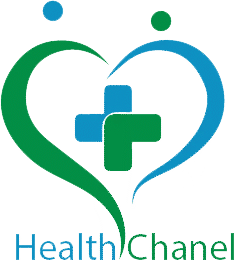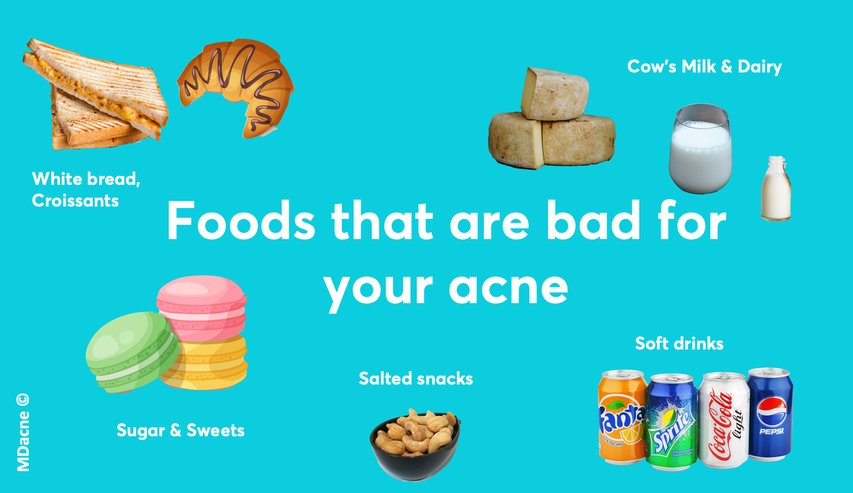You’ve tried every cleanser and serum out there, but breakouts still appear like clockwork—especially around your chin and jawline. If that sounds familiar, it’s time to look beyond your skincare routine and into your kitchen. Because yes—hormonal acne isn’t just about your hormones, it’s about how they react to what you’re eating. This article will walk you through the biggest acne diet triggers, the worst foods for hormonal acne, and what you can do to support clearer skin naturally.
The Link Between Food and Hormonal Acne
Your skin is a mirror of your internal health, and that includes your diet. The connection between food and skin health is especially strong when it comes to hormone imbalance acne.
Certain foods can:
- Spike insulin and androgens
- Trigger inflammation
- Increase oil (sebum) production
Together, these processes clog pores and create the perfect environment for breakouts—especially those stubborn hormonal ones.
1. High-Glycemic Foods: A Hidden Acne Trigger
High glycemic foods and acne go hand-in-hand. These foods raise your blood sugar quickly, leading to a spike in insulin. High insulin can trigger androgens, increasing oil production and inflammation.
Foods to Limit:
- White bread
- Sugary cereals
- Pastries
- White rice
- Soda
This is how sugar affects hormonal acne—it’s not just about sweet treats, it’s about your body’s hormonal response.
2. Dairy: Does It Really Cause Acne?
Wondering does dairy cause acne in women? Research suggests that milk—especially skim—may aggravate hormonal acne in some people. Dairy contains hormones and insulin-like growth factor (IGF-1), both of which may trigger acne.
Common Dairy Offenders:
- Skim milk
- Cheese
- Ice cream
- Yogurt (especially sweetened types)
If you’re struggling with acne, try eliminating dairy for a few weeks to see if your skin improves. The acne and dairy link is real for many.
3. Processed Foods and Refined Carbs
There’s a strong diet acne connection with processed foods. These are often loaded with sugars, unhealthy fats, and additives—all known acne triggers.
Examples:
- Packaged snacks
- Fast food
- Frozen dinners
- Refined flour products
Processed foods and acne breakouts are often linked through chronic inflammation and increased sebum production.
4. Foods That Increase Sebum Production
Your skin’s oil (or sebum) is regulated by hormones, especially androgens. Some foods may indirectly increase sebum production, making your skin more prone to clogged pores and acne.
Watch out for:
- Fried foods
- Omega-6–rich oils (like soybean, corn, and sunflower oil)
- Sugary drinks
These are often labeled as inflammatory foods, which can worsen acne symptoms.
5. Common Diet Mistakes That Cause Acne
Aside from specific foods, poor eating habits also play a role in acne and hormonal food triggers.
Common culprits include:
- Skipping meals (blood sugar crashes)
- Overeating sugar and carbs
- Not drinking enough water
- Ignoring fiber-rich foods
- Relying on processed snacks
Knowing what not to eat for hormonal acne is just as important as knowing what to include.

Final Thoughts: What to Do Next?
If you’re dealing with stubborn hormonal acne, your plate may be part of the problem—and the solution. Identifying foods that trigger hormonal acne and making simple diet swaps can reduce breakouts over time.
Quick Tips:
- Swap white carbs for whole grains
- Choose plant-based or dairy-free alternatives
- Eat more fiber-rich vegetables
- Hydrate often
- Focus on anti-inflammatory whole foods
Supporting your hormones through smart eating habits is one of the most natural and powerful ways to manage acne.

